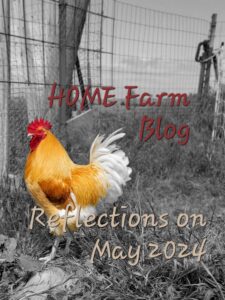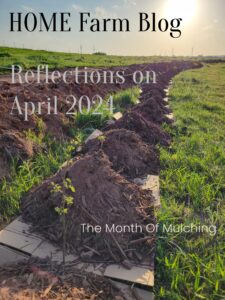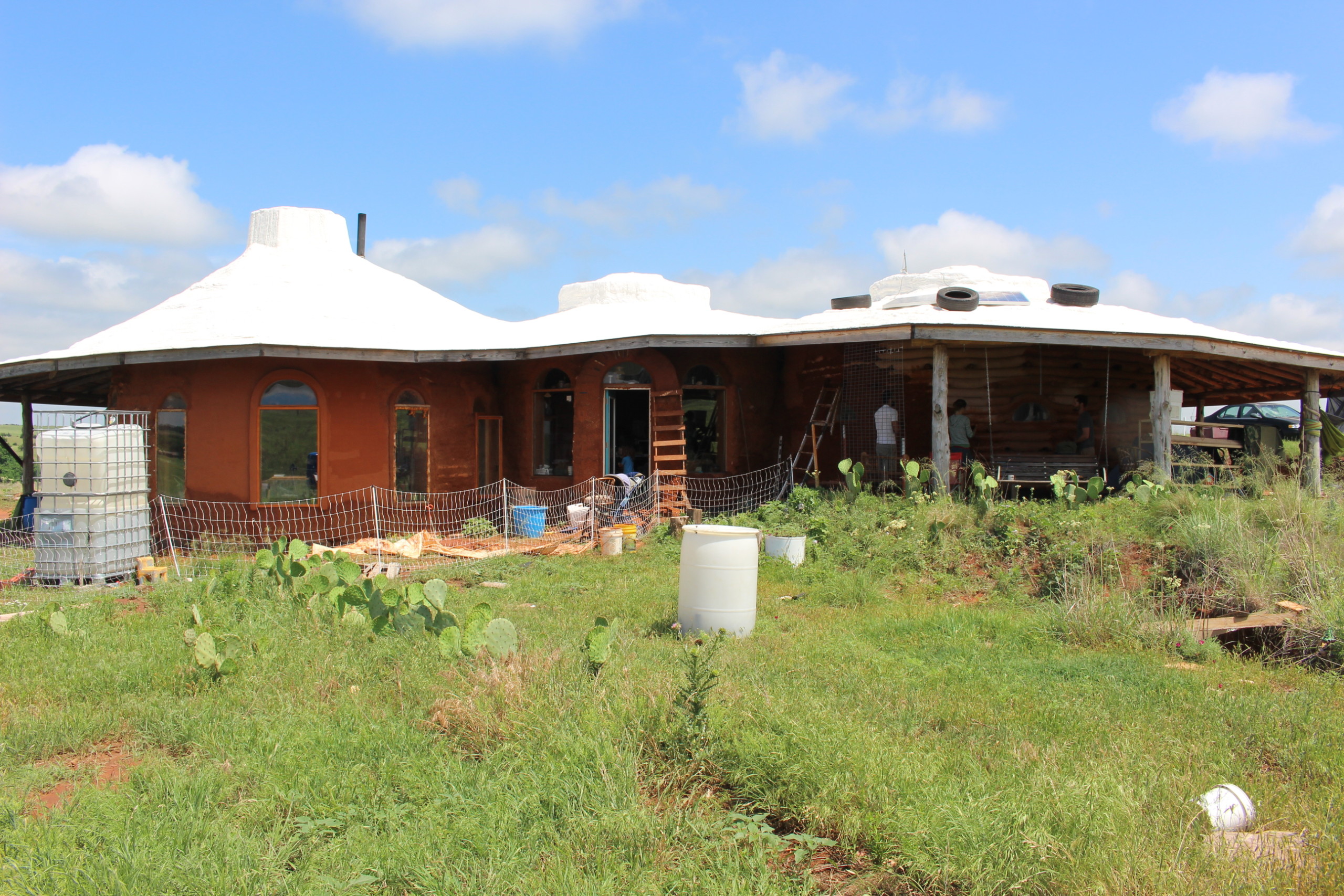July Flies By
I kept putting off writing this blog because I felt like we were away from the homestead so often that there wasn’t much to write about. Fortunately, reading The Oklahoman this morning sparked an idea that set off the rest of this entry. 26.9 inches fell on the majority of Oklahoma from April 1st through August 9th, making this period the second wettest since 1921. ₁ I truly believe that we brought some Illinois weather with us to this dry Southern Midwest state and I can only hope that next summer will be similar.
Many rainbows accompanied all this rainfall, as well as some really powerful lightning storms. When you have buildings all around you, it is hard to see how prolific and how big the lightning can get. Out here on the plains though, you can see streaks of lighting bouncing from cloud to cloud that appear to be 3 miles long.
July brought plenty of rain to the Southeastern part of the US also. We spent some time in Mississippi visiting family and were rained out of our plans to take a boat out on the Gulf of Mexico. This was fortunate for me, because I get seasick. However, the kids did get to play in the street in the rain with buckets and water guns, much how I imagine kids used to before video games and i Phones.
During our tour of New Orleans, I found myself wondering, as I often do, about the sustainability of the food there. Obviously, there is an abundance of local seafood. Often, fisherman and women catch and sell to the local groceries and how much more local can you get? But, the guidelines presented by the USDA (your trust in them is up to you) that you shouldn’t consume certain fish and shellfish more than twice a week. Furthermore, if the fish is caught by friends or family in coastal areas, local advisories should be checked before consuming local fish more than once a week! ₂
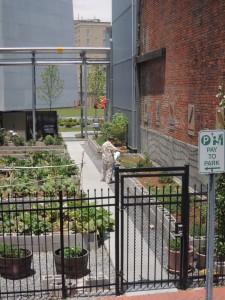
With the scary mercury-laden waters we’re in these days, we need to be sure to eat plenty of local fruits and vegetables to keep our bodies strong enough to be able to push out toxins like those in our oceans and lakes. And in a place like New Orleans, this is where urban gardening comes into play. On the tour, I found only one of those.
From the 4th story hotel window, I saw this massive potential for rooftop gardens. Imagine eating at a restaurant that got its herbs from right above your head! Rouse’s, a downtown grocery store we visited, apparently has a rooftop garden that features fresh herbs for sale in the store. ₃ I simply cannot wait until the rooftop garden becomes a standard for restaurants and grocery stores across the country.
Speaking of which, across the country and much higher in elevation, Colorado seems to be very hip to the local food movement. Shnucks and other grocers are beginning to purchase from local farmers and advertising to their consumers, items that are fresh and in-season. Imagine that; raising awareness and supporting local farmers at the same time. The state has launched a “Choose Colorado” campaign to inform consumers that Colorado-grown foods are better for the environment, the economy, and the health of consumers. ₄

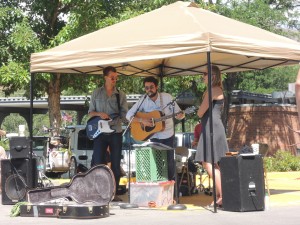
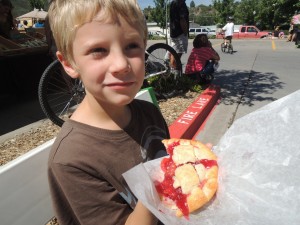
While in Durango, we visited the booming market there and I was quite impressed. This was like Carbondale’s Community Farmer’s Market times 3! Local meats, local beets, and the beats of the local musicians, adding a pleasant sound to the whole experience. Some vendors accepted food stamps and WIC and some even had elaborate signs for how they dealt with pest problems organically. We stocked up on salad supplies, tomatoes, sweet corn, beef, rosemary lemonade, 3 kinds of kale and a kid-sized personal cherry pie that was to die for. Oh how I wish markets like this were prevalent in Oklahoma.
Colorado has always seemed to me to be so very health-oriented and environmentally conscious. Is it any wonder they’re ranked number 50 on the fattest states scale? ₅ Oklahoma is number 9 on that list, and that means that farmers, parents, teachers and policy makers need to push for better school lunches, support of small-scale local farmers, and a campaign to teach consumers the benefits of local and in-season foods.
Also this July, Aaron was certified as a Permaculture Designer at Boulder Mountain Guest Ranch in Utah. It was a comprehensive training where he learned whole systems thinking, pattern recognition, integrated systems design, and many more concepts. He is now certified to teach or consult permaculture! I am sure this will prove to be invaluable as we design our farm.
With all the hustle and bustle of travel and learning, it seems that July has flown by, with a speed faster than a firework in the sky over a rural Oklahoma town. Now, to start school, read my beekeeping book, and begin mapping out our land and placement of our first home structure.
Want to Know More?
₁ “Growing and Mowing.” The Oklahoman August 11, 2013.
₂ “What You Need to Know About Mercury in Fish and Shellfish.” EPA. http://water.epa.gov/scitech/swguidance/fishshellfish/outreach/advice_index.cfm
₃ “World’s 8 Most Inspiring Farms.” Farm Exchange.org. http://www.farmxchange.org/top-8-urban-farms-in-the-world/
₄ “State Launches ‘Choose Colorado’ Tour To Promote Local Food.” Local Food Shift. http://localfoodshift.com/news/view?ID=2678&blog_id=2&pageVar=Wp2Posts_page¤tPage=1&type=local
₅ “Is Your State the Fattest?” The Weather Channel. http://www.weather.com/health/fattest-state-20130307

